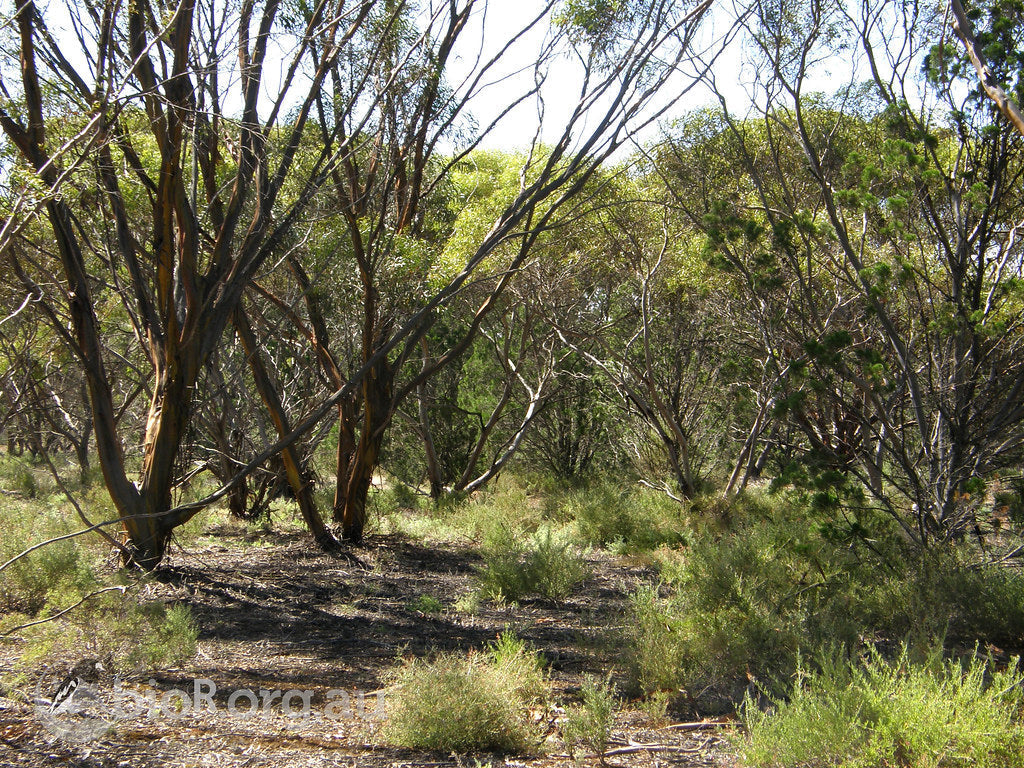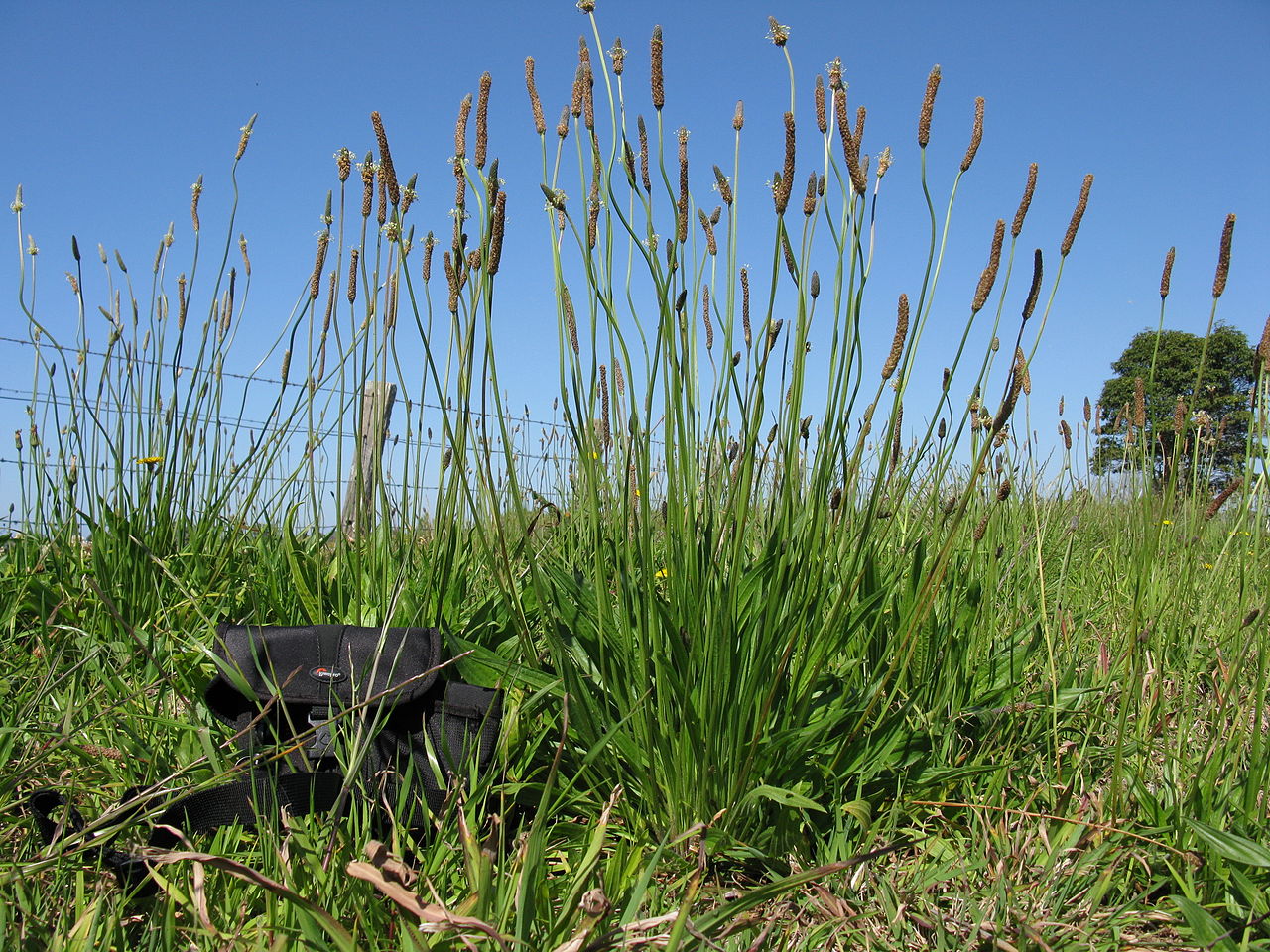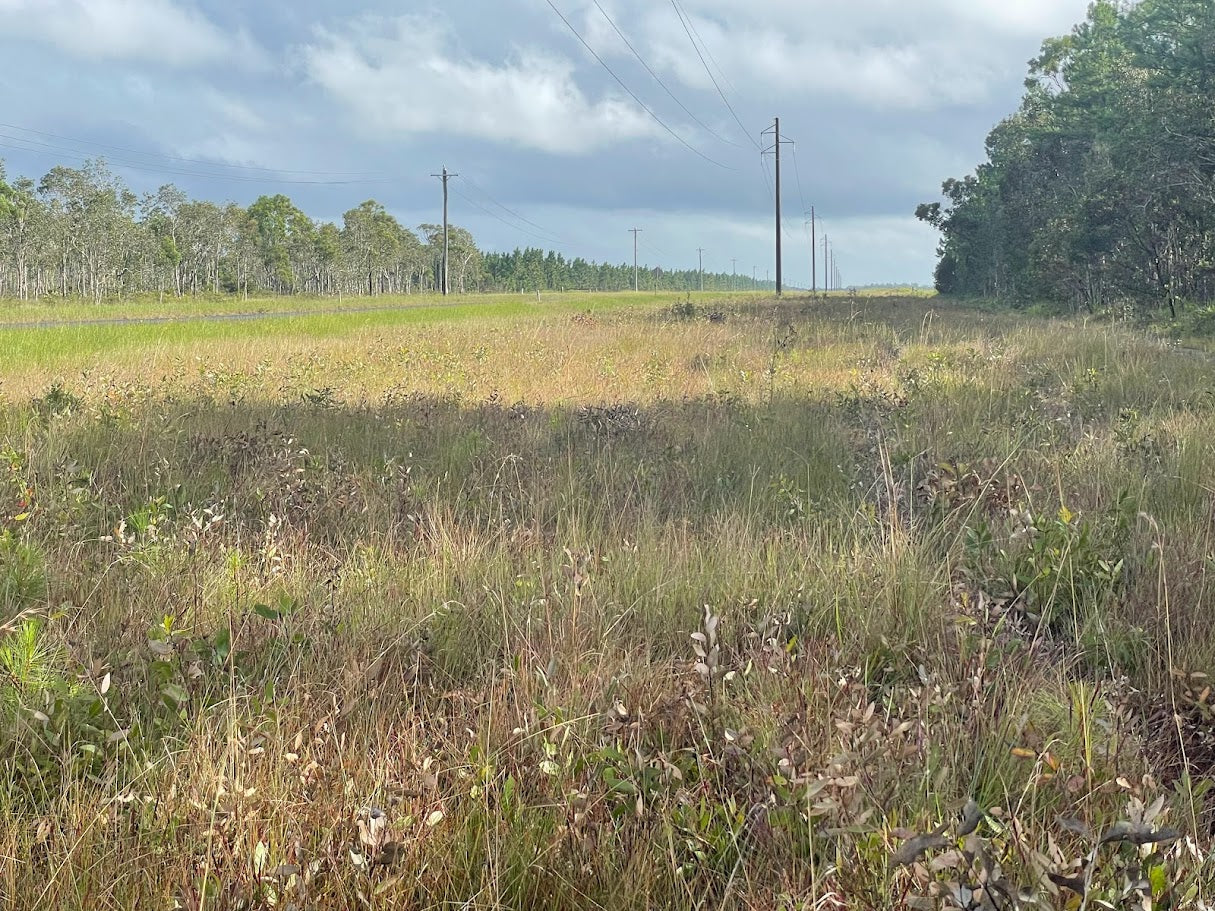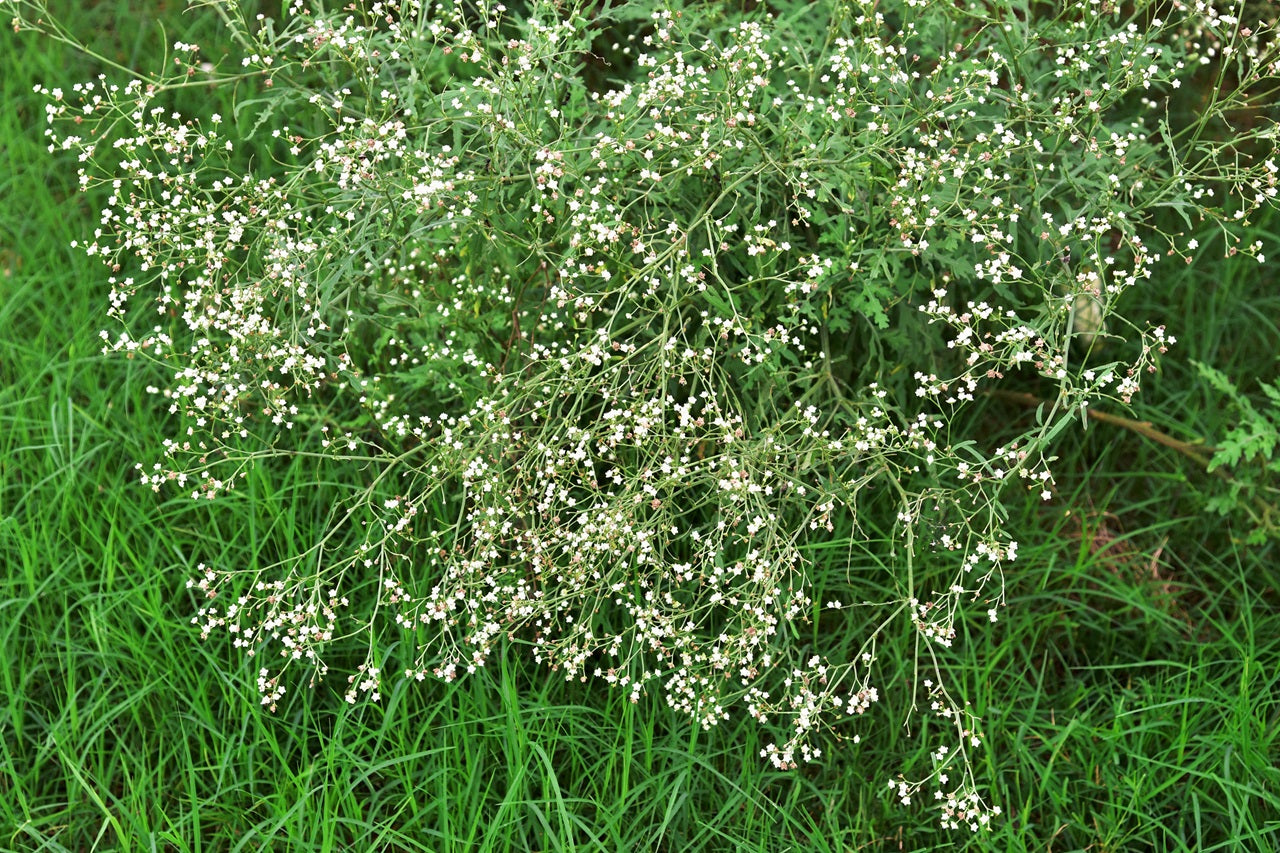
The Role of Herbicides in Supporting Ecosystem Restoration: Strategic Tools for a Sustainable Future
Ecosystem restoration is a growing priority worldwide as the critical value of natural environments becomes more widely understood. Australia, with its unique and diverse ecosystems, has much to gain from preserving and restoring its natural assets. However, managing invasive species, particularly weeds, remains one of the most significant challenges. Herbicides, when used strategically, play an integral role in overcoming these challenges, forming a cornerstone of Integrated Weed Management (IWM) programs aimed at ecosystem restoration.
Ecosystem Services and the Threat of Invasive Weeds
Ecosystems provide a range of invaluable services, from regulating climate and water cycles to supporting biodiversity and offering recreational and tourism benefits. The Australian Bureau of Statistics (ABS) estimated the economic contribution of ecosystems to Australia's economy at $2.4 trillion in 2023, underscoring their indispensable role in human well-being and industry sustainability.
However, these natural systems are under constant threat from invasive weed species. These weeds displace native vegetation, degrade habitats, and disrupt the intricate balance of ecosystems. Left unchecked, these weeds can destroy the intrinsic value of natural areas and allow them to become vectors for weeds through the landscape.

Herbicides as a Strategic Tool
Whilst natural area vegetation management differs in many ways from traditional primary production, turf, landscape or utilities management Herbicides are still a vital component of IWM strategies. Traditional weed management involves a single host or crop to be protected with a range of weeds to be excluded from an environment that is largely controlled. Their role is not to replace manual or cultural control methods but to complement them, ensuring efficient and targeted weed control. This strategic use is particularly important in natural areas, where the aim is to restore ecosystems without causing further harm to non-target species or environmental values.
Integrated Weed Management in Action
Effective IWM programs use herbicides as part of a broader, carefully planned approach that includes:
- Targeted Application: Using selective herbicides or targeted application methods is critical to controlling invasive species while protecting native plants. For example, broadleaf herbicides are used in grassland restoration to eliminate weeds without damaging grasses. Alternately within these systems invasive tussock grass weeds may be controlled out using wick-wiper technology to prevent undesirable damage.
- Timing for Maximum Impact: Applying herbicides at the right stage of a weed's lifecycle to maximise effectiveness and reduce the need for repeat applications. In most instances if weeds are not actively growing then they are largely unreceptive to herbicides. Equally active control prior to fruiting is the best way to manage weed seed banks.
- Minimal Environmental Impact: Selecting low-residual herbicides that break down quickly and meet use approvals particularly in sensitive areas such as riparian zones or wetlands. It is also important to remember that the method of application and equipment used should also reflect the sensitivity of the environment to reduce disturbance across the site.

Case Study: Riparian Zone Restoration
One example of herbicide use in ecosystem restoration is in riparian zones, which are critical for water quality and biodiversity. These areas often suffer from invasive species such as camphor laurel, lantana or cats’ claw creeper, which dominate native vegetation and contribute to erosion and flooding issues. In these situations, carefully selected herbicides and application techniques, combined with manual removal and replanting with native species, ensures invasive plants are controlled while the ecosystem is regenerated.
Considering the species above a possible strategy might be to:
1. Cut and remove recruiting camphor laurels and treat with stems with a suitable herbicide to manage regrowth. Stem inject and kill in-situ mature specimens with a suitable herbicide to retain habitat and bank structure and plant back more desirable native vegetation.
2. Control the Lantana using controlled droplet application and an aquatically approved herbicide in active growth season. This could mean effective targeted control of it without staff and equipment traversing the site and potentially damaging more desirable vegetation whilst still using minimal herbicide.
3. Cut all cats claw creeper at chest height and knee height around each host tree and Paint stems at knee height with a suitably approved herbicide to prevent smothering of adjoining vegetation and flower and seed set and dispersal. Re-treat monthly in the growing season and every two months in the cooler months.
Strategically application of herbicides also reduces nutrient runoff into waterways, which is essential for protecting downstream ecosystems like the Great Barrier Reef.
The Economic and Ecological Payoff
Nature-based tourism, now worth over $30 billion annually to the Australian economy, highlights the direct benefits of well-managed natural landscapes. Healthy ecosystems attract visitors, support local communities, and contribute to national economic growth. Similarly, restored ecosystems improve agricultural productivity by preventing soil erosion, regulating water cycles, and reducing salinity issues.

A Balanced Approach for Lasting Impact
While herbicides are effective, they are just one part of the solution. Restoration success depends on integrating chemical control with ecological knowledge, such as understanding native plant succession and the conditions needed for regeneration. Long-term monitoring and adaptive management ensure the restoration efforts remain effective and sustainable.
A Path Forward
Herbicides, when used strategically within an IWM framework, are not just tools for weed control but enablers of ecosystem restoration. They allow us to address the immediate threats posed by invasive species while laying the groundwork for natural regeneration and resilience. By valuing and managing our ecosystems wisely, Australia can ensure these natural assets continue to provide their essential services for generations to come.
Ecosystem restoration is a journey, and herbicides are one of the many tools helping us move closer to a sustainable and balanced future. By recognising their role within a broader integrated approach, we can restore the health and vitality of Australia's unique natural environments.
#EcosystemRestoration #WeedManagement #SustainableLandManagement #HerbicideBestPractices #IntegratedWeedManagement #BiodiversityConservation #InvasiveSpeciesControl #EnvironmentalSustainability #HabitatRestoration #RiparianZoneManagement #LandRegeneration #HerbicideSolutions #NatureBasedSolutions #HealthyLandscapes #SustainableFarming #ConservationEfforts #ClimateResilience #SoilHealth #WaterQualityProtection #GreenwayWeedSolutions
Additional content
VIEW GWS' ADDITIONAL CONTENT TO LEARN MORE ABOUT THE WEED INDUSTRY

Water pH and the Performance of Weak Acid Herbicides
Weak-acid herbicides must remain in their non-ionised (acid) form to move efficiently through the plant cuticle. When spray water is too alkaline, the herbicide molecule becomes ionised.
Read more
Towards Modern Vegetation Management: Solutions for Australia’s Linear Infrastructure
Understanding the Changing Vegetation Challenge Vegetation management across Australia’s linear infrastructure corridors is becoming increasingly complex. Roads, rail corridors, gas pipelines, elec...
Read more
Case Study: Parthenium Weed Hygiene
Introduction: The Necessity of Weed Hygiene Management Australia’s vast expanses and diverse land uses, from grazing pastures and cropping zones to natural bushland and urban corridors are u...
Read more
